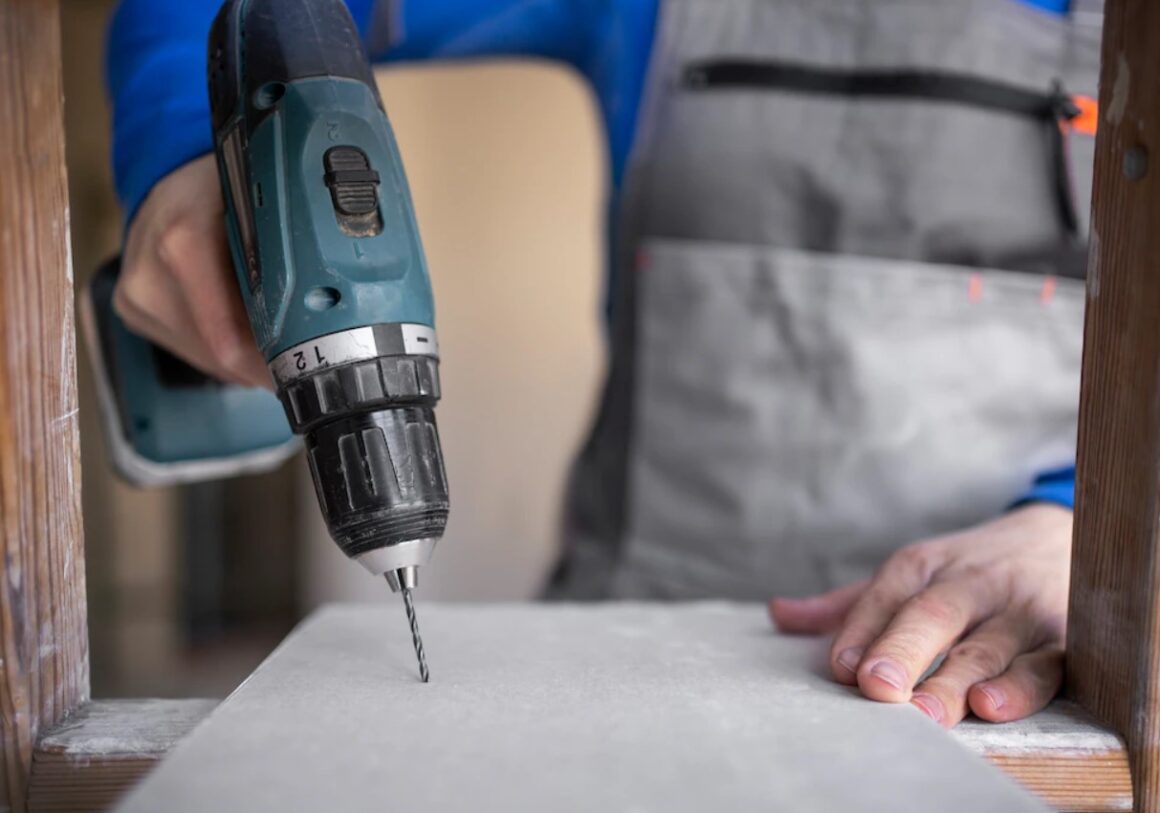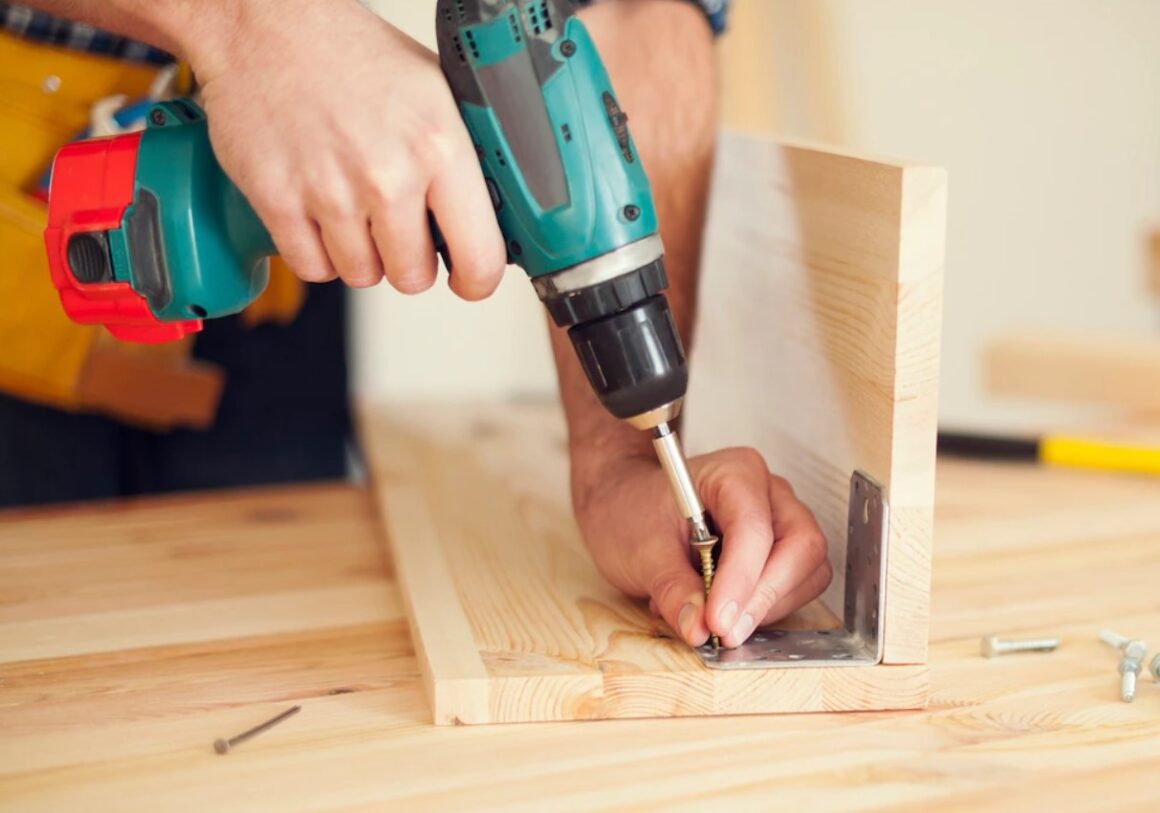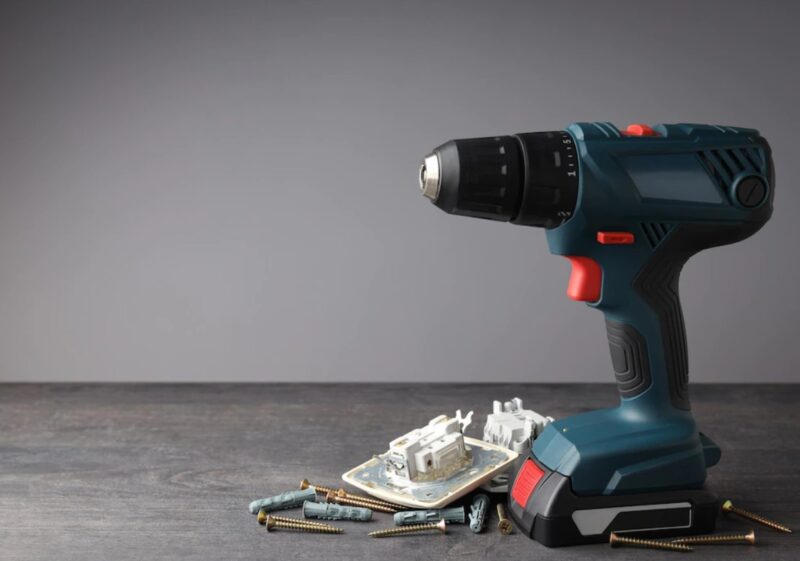Before undertaking any project, it is essential to ensure you have the right tools for the job for optimum results. But how do you know what tools you need? Read on for the key consideration when choosing the right power tools.
What task are you going to undertake?
The first thing you need to consider is what you will actually be doing. This might seem quite straightforward – you wouldn’t want to buy a drill if you need to saw something in half, for example.
However, this step allows you to focus on the group of power tools you require, narrowing the search significantly.

What is your overall skill level?
Next, take a moment to understand your skill level. For example, are you a total beginner, avid DIY enthusiast, or perhaps even a paid professional? Those who do this for a living will no doubt opt for a higher quality tool, as it will be a worthwhile investment, whereas a total beginner might be better off with a more basic model.
What are the requirements of the job?
Consider the task as a whole, the materials you will be using, and the size of the job. Some tools might have multiple uses, or come in a bundle for your ease. Different materials will also require different tools due to their density, so you might prefer a more versatile tool. However, more finicky tasks will be best undertaken using a smaller, more specialised model.

Are there any restrictions you need to be aware of?
Take a look at the environment in which the project will be completed, and choose power tools that best suit your needs. If there are no power sockets, or a cord will no doubt get in your way, a cordless drill can be a fantastic option, for example. Or, if you need to trim a tall tree but don’t have a step ladder, you might opt for a saw with an extendable handle so work can be carried out effectively from the ground level.
Are you planning on doing more DIY in the near future?
The frequency in which you will be using the tool dictates the budget you might allocate towards it. Those who regularly do DIY are more likely to spend a little more money to get a tool that will stand the test of time. That said, even if you only do DIY every now and then, you shouldn’t compromise on quality – you can get quality models for a decent price if you shop around.

Consider the output of the tools
The higher the wattage of the tool, the more powerful it will be; rates per minute (RPM) is the speed at which a drill can drill; and Newton metres (Nm) refers to the torque output of the tool.
Research the different brands
And last, but not least, make sure you do your research into the different brands out there. There are many brands that have a long standing reputation of producing high-quality power tools. Though it might be tempting to opt for a cheaper non-branded model, it is always better to go for a quality, trusted brand you know will be reliable.


